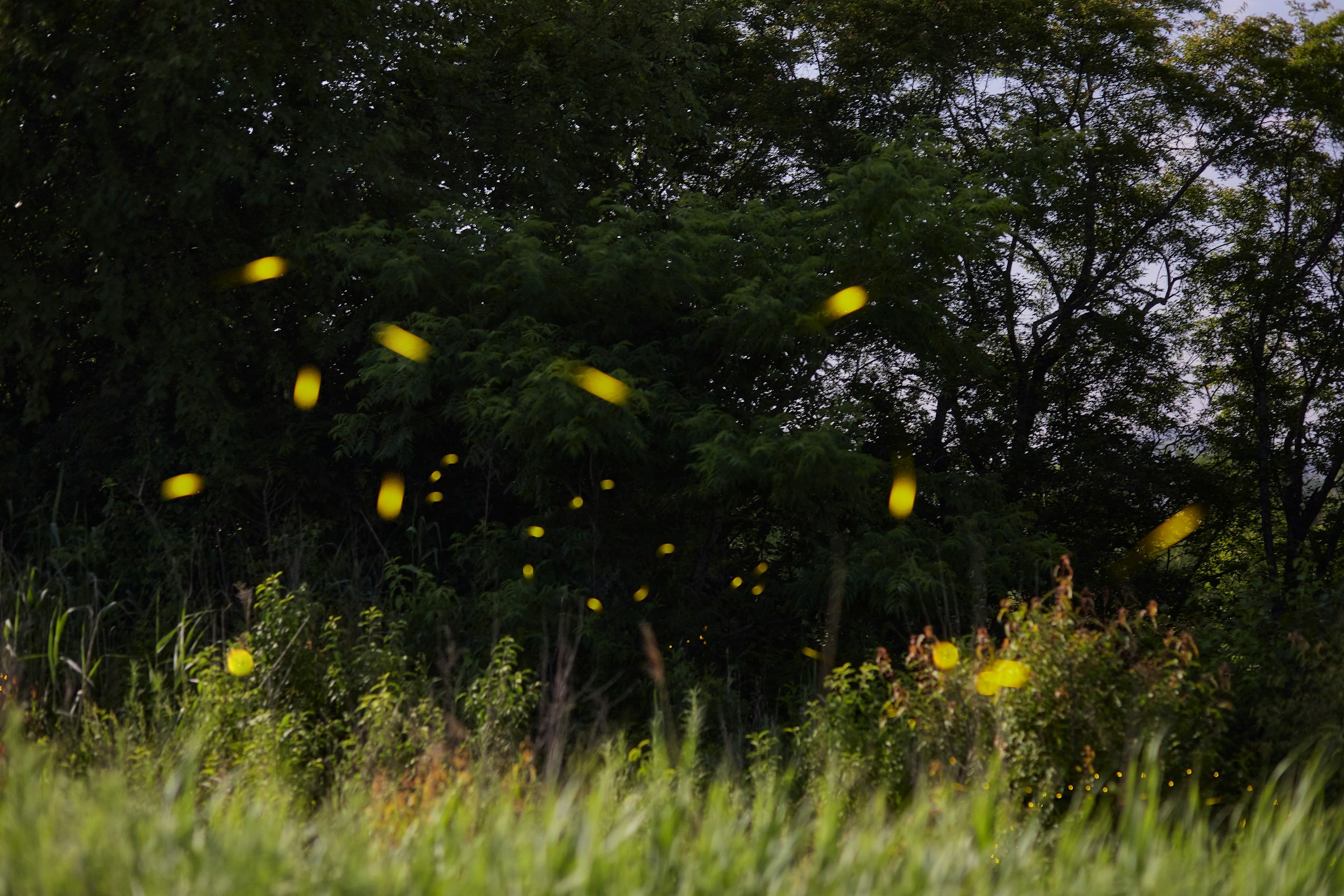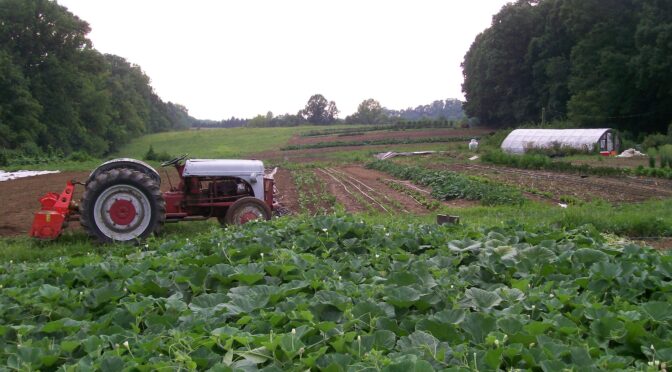Many of you are ready to step back and take a well-earned break from the garden at this point in the year. Still, we often get the question, “Should I till this fall?” Many of our dedicated gardeners continue searching for ways to improve their soil and production. Unfortunately, there’s never a one-size-fits-all approach to gardening. Here are some things you may want to consider before doing any fall tilling or garden clean-up.
Benefits of Fall Tilling
Fall tilling and clean-up serve two primary functions:
- Removing and destroying diseased or pest-ridden plant material.
- Preparing soil for the next planting.
While there are some benefits to letting plant material decompose right in the garden, it is best to remove any diseased material and to till the bed. If your bed was infected with tomato fungal disease like blight or your squash plants were covered in vine borers, clean up is a good idea. Remove and, if possible, burn any affected material and till the bed. Tilling helps remove overwintering sites for some insects and can reduce the insect population in the bed.
Some folks also like to till to prepare for their next planting. This may be garlic, perennial onions, cover crops you hope to put in this fall, or early crops you want to get in the ground next spring. Fall-tilled gardens tend to dry out and warm up more quickly, allowing for earlier planting of cool-season crops in the spring.
Of course, fall tilling has a few downsides, and there are some alternative methods of bed preparation, both of which we’ll discuss below.
Issues with Fall Tilling
Tilling may be the right answer for some gardens, but it comes with a few potential downsides that should be considered:
- Tilling disrupts soil structure and can harm beneficial insects, fungi, and bacteria.
- Bare, tilled soil is more susceptible to erosion and nutrient loss.
- Bare soil provides little habitat for beneficial insects, fungi, and bacteria.
- Bare soil, particularly clay, is more vulnerable to compaction.
- Leaving soil bare means a lost opportunity to improve soil over the winter.
If you decide it’s best to till your garden this fall, you can minimize the negative impacts. While little can be done about disrupting the soil structure, you can protect your soil after tilling.
Most of the issues listed above occur when soil is left bare over the winter. You can cover your beds with mulch like old leaves and straw to combat these issues. These help reduce compaction and erosion, provide habitat for beneficial insects, insulate the soil, and add organic matter as they break down. As temperatures start to climb in spring, you can rake back the mulch to allow the bed to warm up.
While mulch is helpful, our favorite method for winter soil care is planting cover crops. Cover crops are easy to grow and have many benefits, from reducing erosion to improving fertility. Our recent post, Soil Season: Winter Cover Crops, digs deeper into their benefits and how you can select a cover crop appropriate for your garden.
You may also want to consider leaving other areas in your yard “wild.” So many amazing creatures depend on it. For example, female fireflies lay their eggs in damp, undisturbed soil and leaves. After hatching, the larvae spend several years to several months in the soil, feeding on slugs, snails, and other insects.
Alternative Bed Preparation
Today, we see more organic growers opting for no-till or low-till techniques. Skipping the tiller can be simple for small beds and may benefit soil structure and beneficial organisms.
To begin, rake all the crop residue and any mulch off the bed. Depending on your needs and setup, this material can be burned, composted, or left to break down in a path.
Then, you may want to loosen the soil. Without a tiller, you can use a broad fork or garden fork to lift the soil without turning it over. Simply plunge the fork in and tilt the hand back, pulling the soil upward before moving to the next spot.
Generally, if you’re getting ready to plant right away, we recommend adding about 2 inches of finished compost to the top of the bed. Then, you can plant your garlic, Austrian winter peas, perennial onions, or other fall crops.
If your bed is brand new, you may want to stick to tilling for the first season or use a permaculture method like hugelkultur or lasagna gardening.
To till or not to till? Finding the right solution for your garden can be tough. Hopefully, this information will help you make the right choice so that you can protect your soil and have productive gardens this fall and next spring.

